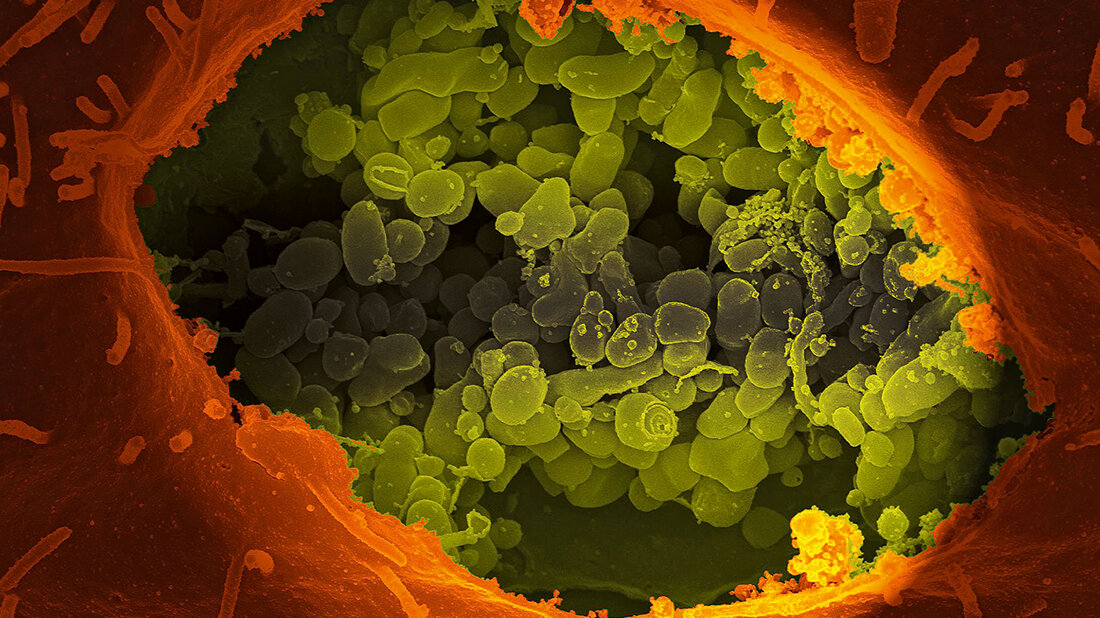Zusammenfassung
Beim Q-Fieber kann es sich um eine akute wie auch eine chronische Erkrankung handeln. Sie wird verursacht durch das Bakterium Coxiella burnetii. Typisch für die akute Infektion ist ein plötzlicher Fieberanstieg zumeist begleitet von einem ausgeprägten Krankheitsgefühl und einer interstitiellen Pneumonitis. Die Verdachtsdiagnose kann anhand serologischer und labordiagnostischer Verfahren bestätigt werden. Behandelt wird das Q-Fieber üblicherweise mit Doxycyclin oder Chloramphenicol. Der Erreger kann aufgrund seiner Eigenschaften auch als Biokampfstoff eingesetzt werden.
Schlüsselwörter: Zoonose, Q-Fieber, interstitielle Pneumonitis, Antibiotikatherapie
Abstract
Q fever can be an acute or a chronic disease. It is caused by the bacterium Coxiella burnetii. A sudden increase in fever is typical for the acute infection, usually accompanied by a pronounced feeling of illness and interstitial pneumonitis. The suspected diagnosis can be confirmed using serological and laboratory diagnostic methods. Q fever is usually treated with doxycycline or chloramphenicol. Due to its properties, the pathogen can also be used as a biological warfare agent.
Keywords: zoonosis, Q fever, interstitial pneumonitis, antibiotic therapy
DOI: 10.53180/MTIMDIALOG.2023.0420
Entnommen aus MT im Dialog 6/2023
Dann nutzen Sie jetzt unser Probe-Abonnement mit 3 Ausgaben zum Kennenlernpreis von € 19,90.
Jetzt Abonnent werden

